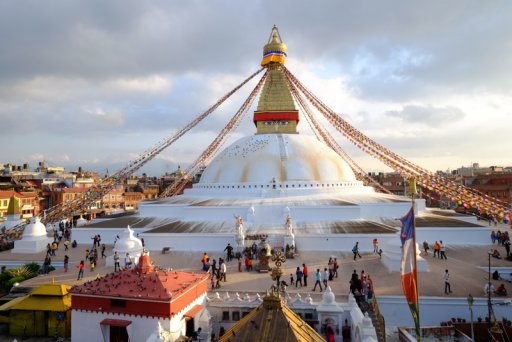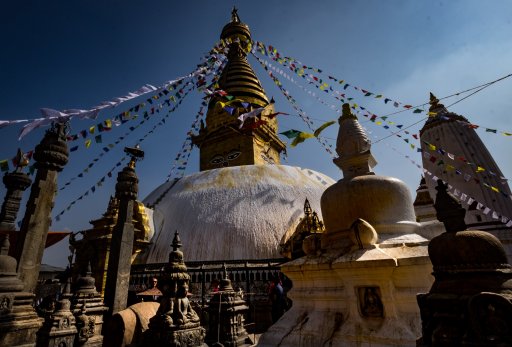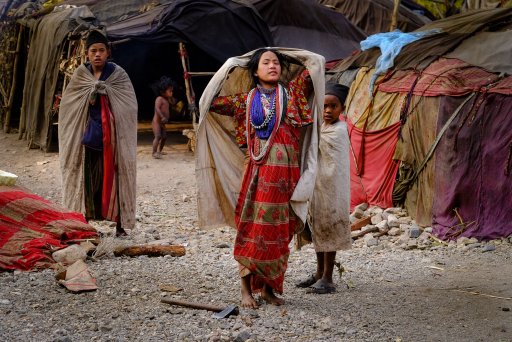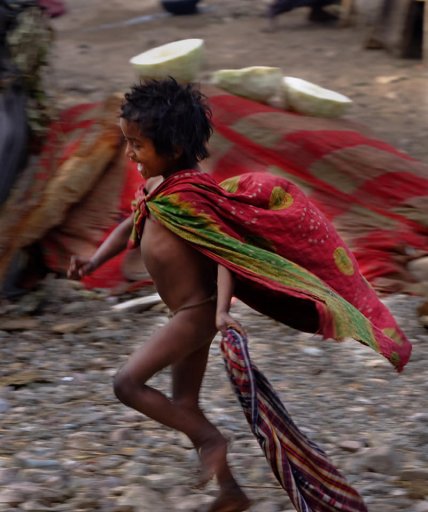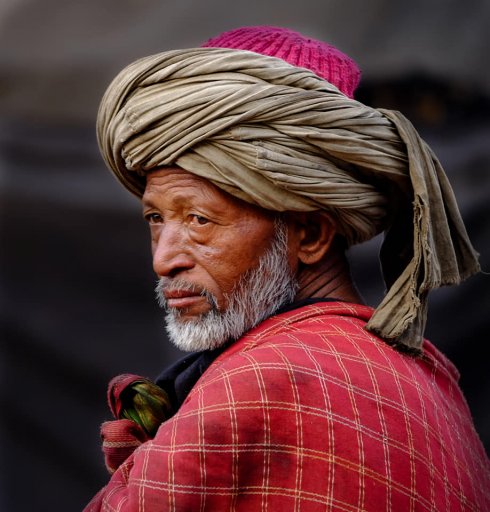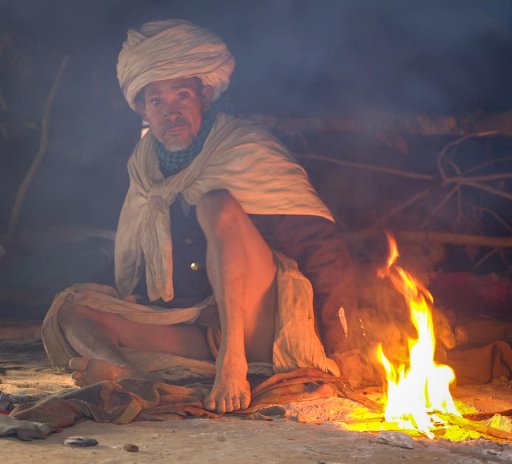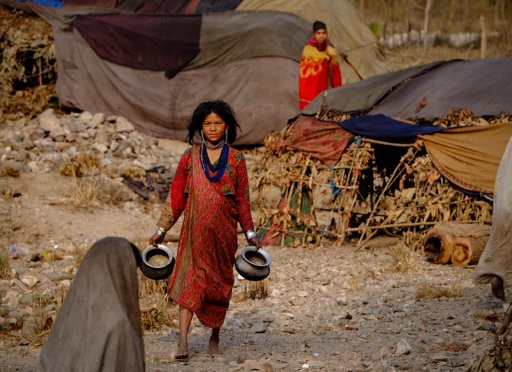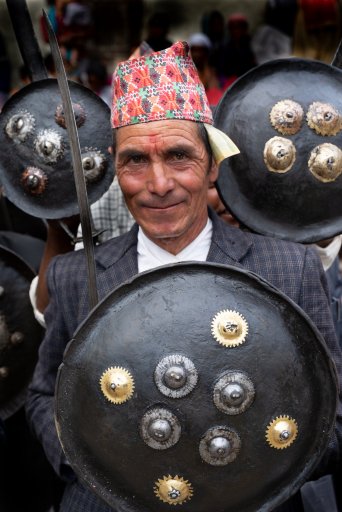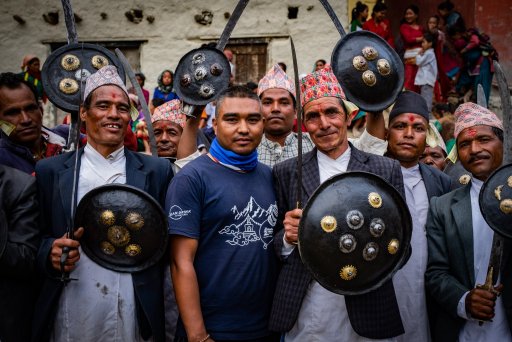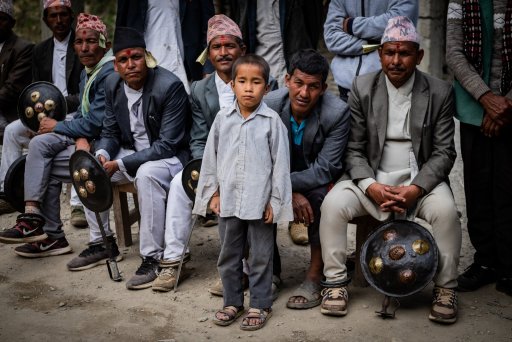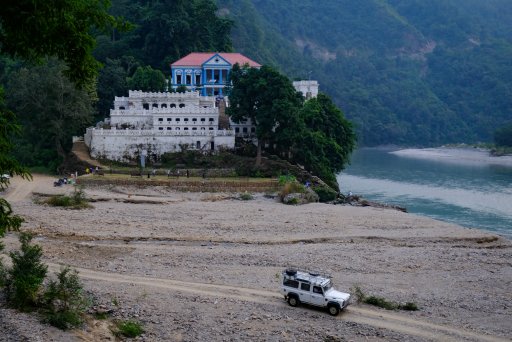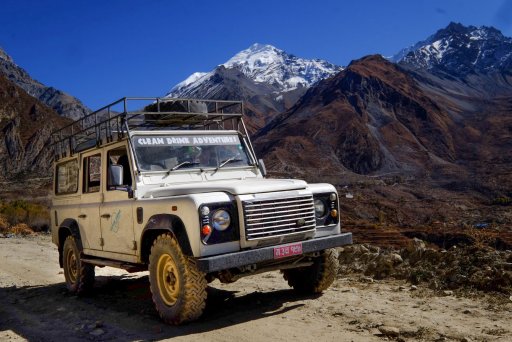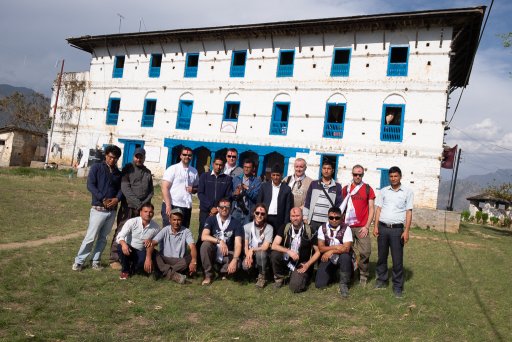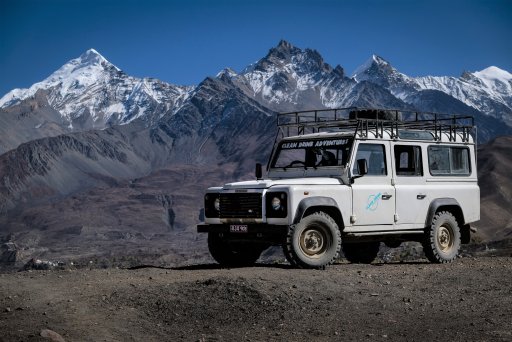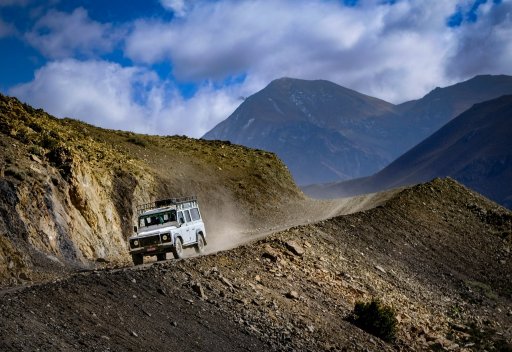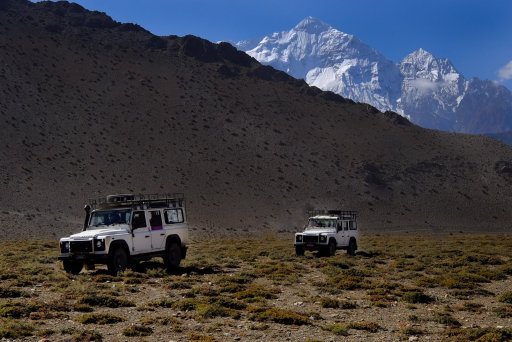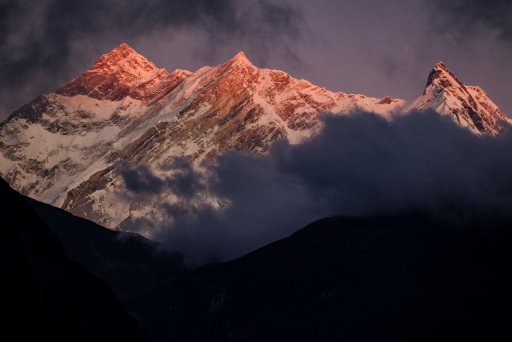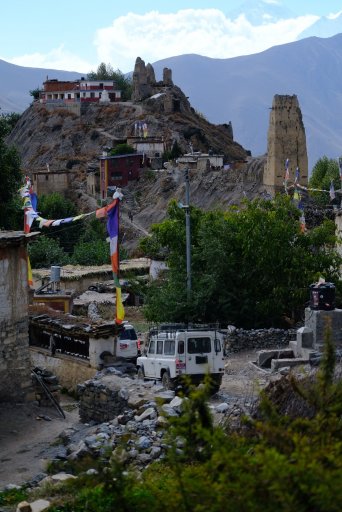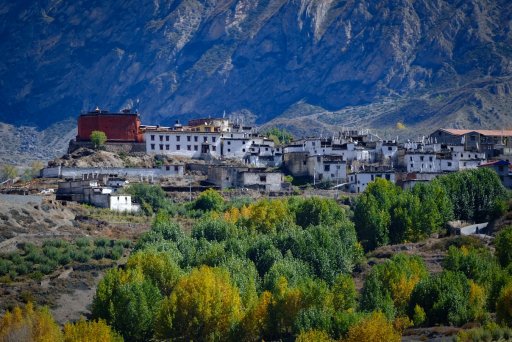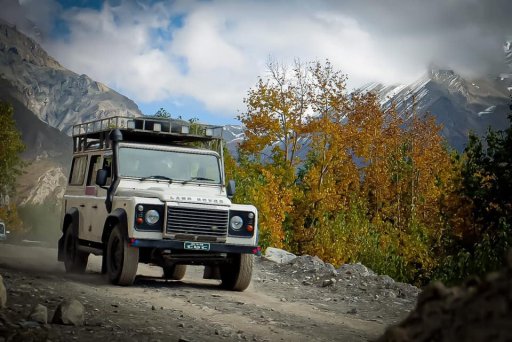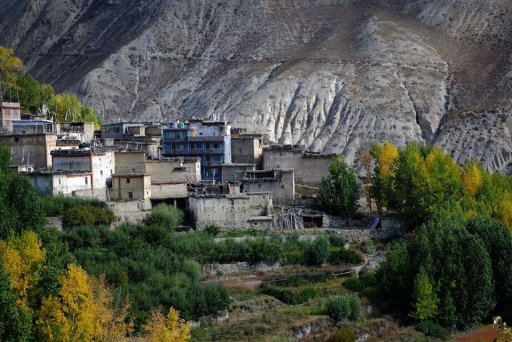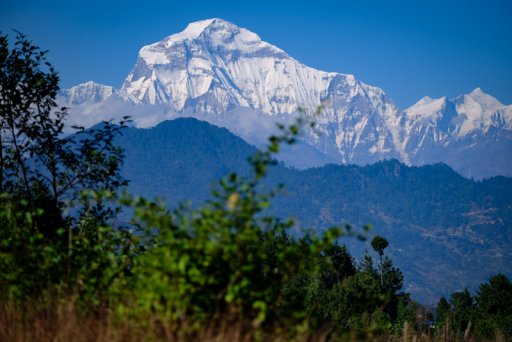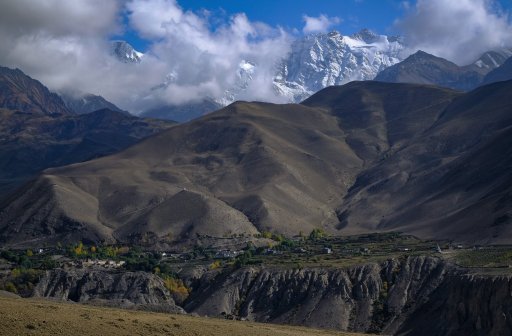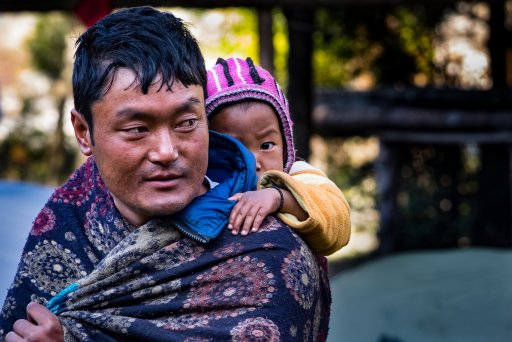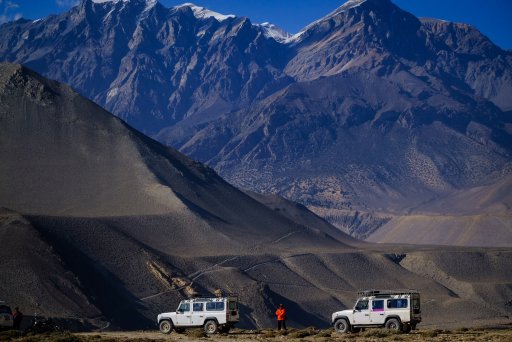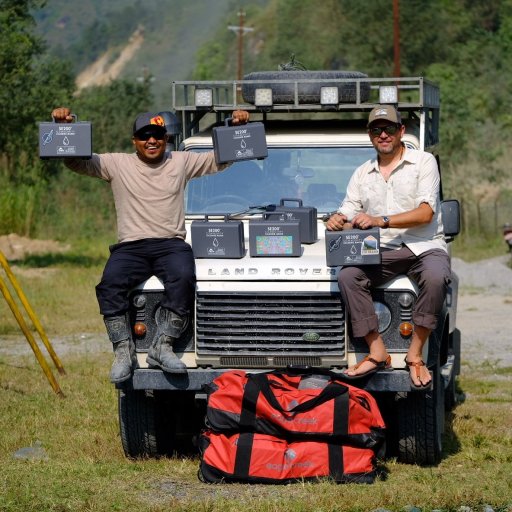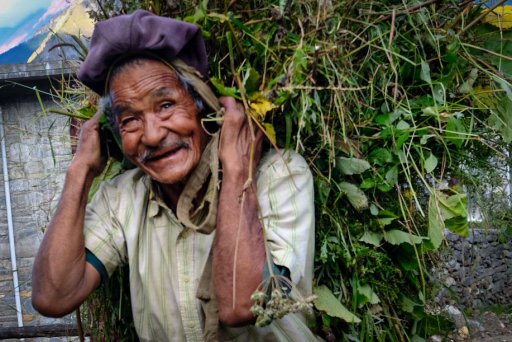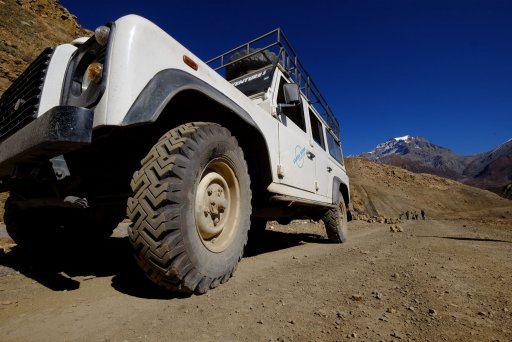Nomads, Warriors, and the Kingdom of Lo
It's hard for many overlanders to believe, but massive swathes of the Himalayas have yet to be explored. For the past several years I have spent half of my time split between the US and Nepal and regularly travel some of the most remote roads and trails in the Himalayas. And since I'm here in Nepal on day 117 of a national lockdown, I have ample time to post of some of my adventures.
Last winter we set out to find and document a handful of the lesser-known cultures in the Himalayas. For a country no larger than Arkansas, it's one of the most culturally diverse regions of the world with more than 100 ethnic gropus, tribes, castes, and religious factions. There are even more distinctly unique languages. Our goal for this particular trip was to find and document Nepal's last forest nomads, the elusive Raute tribe. We then went in search of the last remaining Magar war dancers, and then to the Annapurna Range to drive the famous trade route between what was once Hindu Nepal/India, and what is now Tibet.

(Above)These are effectively Himalayan taxis. All of these are Indian-made Mahindra Boleros with diesel engines, locking diffs, and while they're not perfect, they're pretty great. (Below) We primarily use Defender 110 trucks, but from time to time we drive Mahindra Scorpios.
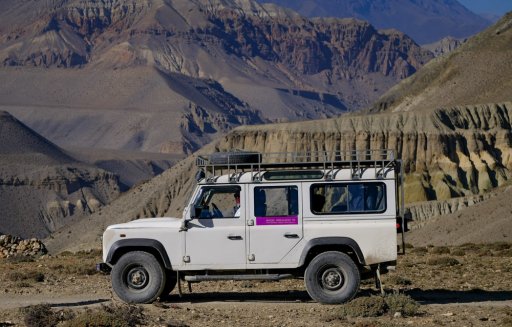
Most of our trips start in Kathmandu, the 2,000 year old capital of the Himalayas. It's an amazing city with stunning temples, palaces, and cultural cites. Most of the significant attractions are former royal palaces, some dating back 500 years. There are also Buddhist shrines, monasteries, and amazing neighborhoods in the old city to explore.
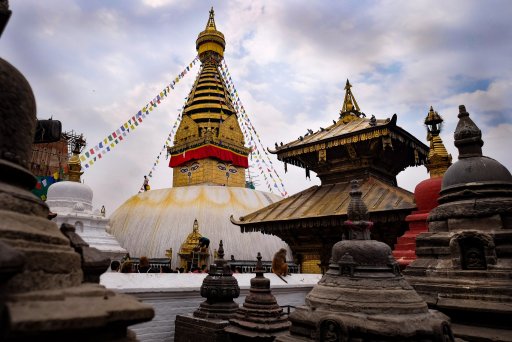
(Above) Swayambunath Temple is a Buddhist stupa overlooking Kathmandu. It was built a thousand years ago. (Below) Kathmandu has hundreds of Hindu Sadhus or babas. They're always colorful and entertaining to talk to.
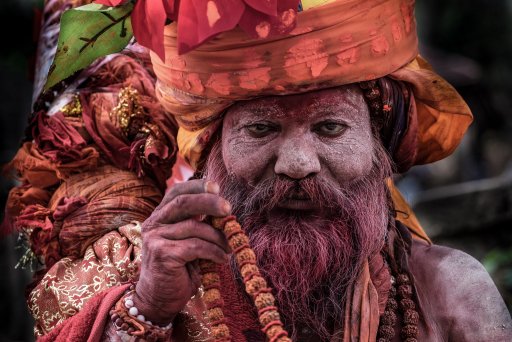
Kathmandu to Surkhet
On this trip we left Kathmandu and made the two-day drive to the western edge of the country. For that stretch of road, one of the busiest in Nepal, we traveled just outside Chitwan and Bardiya National Parks. There it's easy to see wild Bengal tigers, elephants, rhinos, crocs, and a myriad of other exotics like fresh water porpoise in the Karnali River. In this part of Nepal, only miles from the Indian border, the people and cultures are starkly different. Here the Braman Hindus and Tharu native tribes are the common people.
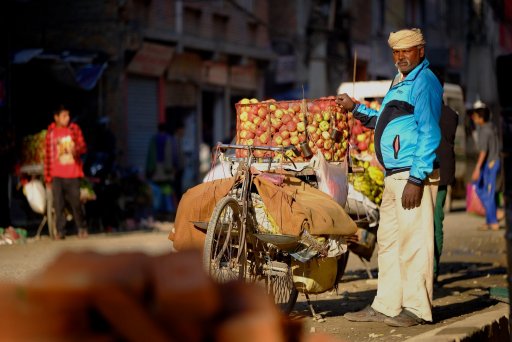
(Above) Apples originated in the Himalayas and are commonly sold throughout Nepal. (Below) In the jungles near India, you have to keep your wits about you. Tigers still roam wild. As do king cobras and all manner of snakes.
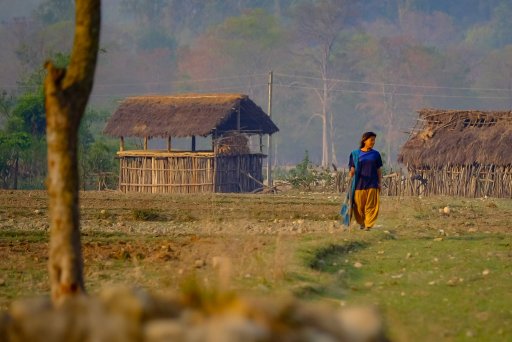
Surkhet to Karnali Province and a Secret Location
As we left the Indian border area, we started following a series of dirt roads leading into the Sivalik Hills, or Himalayan Foothills. It's worth noting, most of these "hills" can have up to 7,000 feet of relief with their "hilltops" pushing above 10,000 feet. These really are hills in the Himalayan sense. Our route took us along the Karnali River, which remains one of the most famous in Nepal. The last wild river, it starts at Mount Kailash in Tibet, making it one of the most sacred rivers in the world. It then empties into the mighty Ganges in India.
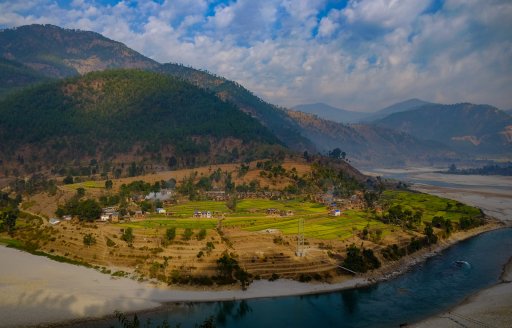
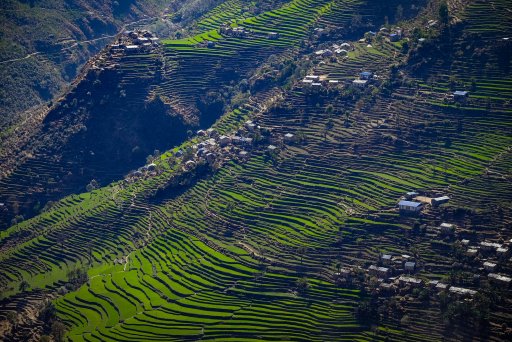
End part 1
It's hard for many overlanders to believe, but massive swathes of the Himalayas have yet to be explored. For the past several years I have spent half of my time split between the US and Nepal and regularly travel some of the most remote roads and trails in the Himalayas. And since I'm here in Nepal on day 117 of a national lockdown, I have ample time to post of some of my adventures.
Last winter we set out to find and document a handful of the lesser-known cultures in the Himalayas. For a country no larger than Arkansas, it's one of the most culturally diverse regions of the world with more than 100 ethnic gropus, tribes, castes, and religious factions. There are even more distinctly unique languages. Our goal for this particular trip was to find and document Nepal's last forest nomads, the elusive Raute tribe. We then went in search of the last remaining Magar war dancers, and then to the Annapurna Range to drive the famous trade route between what was once Hindu Nepal/India, and what is now Tibet.

(Above)These are effectively Himalayan taxis. All of these are Indian-made Mahindra Boleros with diesel engines, locking diffs, and while they're not perfect, they're pretty great. (Below) We primarily use Defender 110 trucks, but from time to time we drive Mahindra Scorpios.

Most of our trips start in Kathmandu, the 2,000 year old capital of the Himalayas. It's an amazing city with stunning temples, palaces, and cultural cites. Most of the significant attractions are former royal palaces, some dating back 500 years. There are also Buddhist shrines, monasteries, and amazing neighborhoods in the old city to explore.

(Above) Swayambunath Temple is a Buddhist stupa overlooking Kathmandu. It was built a thousand years ago. (Below) Kathmandu has hundreds of Hindu Sadhus or babas. They're always colorful and entertaining to talk to.

Kathmandu to Surkhet
On this trip we left Kathmandu and made the two-day drive to the western edge of the country. For that stretch of road, one of the busiest in Nepal, we traveled just outside Chitwan and Bardiya National Parks. There it's easy to see wild Bengal tigers, elephants, rhinos, crocs, and a myriad of other exotics like fresh water porpoise in the Karnali River. In this part of Nepal, only miles from the Indian border, the people and cultures are starkly different. Here the Braman Hindus and Tharu native tribes are the common people.

(Above) Apples originated in the Himalayas and are commonly sold throughout Nepal. (Below) In the jungles near India, you have to keep your wits about you. Tigers still roam wild. As do king cobras and all manner of snakes.

Surkhet to Karnali Province and a Secret Location
As we left the Indian border area, we started following a series of dirt roads leading into the Sivalik Hills, or Himalayan Foothills. It's worth noting, most of these "hills" can have up to 7,000 feet of relief with their "hilltops" pushing above 10,000 feet. These really are hills in the Himalayan sense. Our route took us along the Karnali River, which remains one of the most famous in Nepal. The last wild river, it starts at Mount Kailash in Tibet, making it one of the most sacred rivers in the world. It then empties into the mighty Ganges in India.


End part 1
Attachments
-
296.6 KB Views: 4
-
443.2 KB Views: 5
Last edited:


